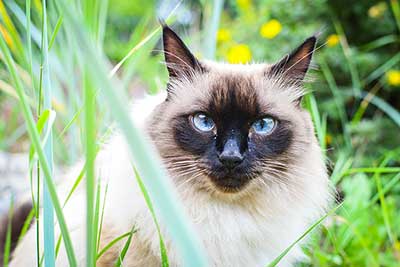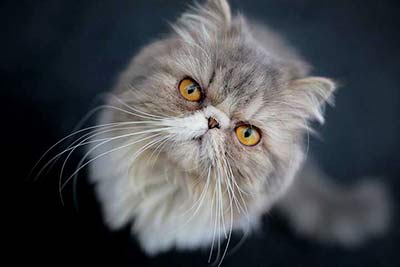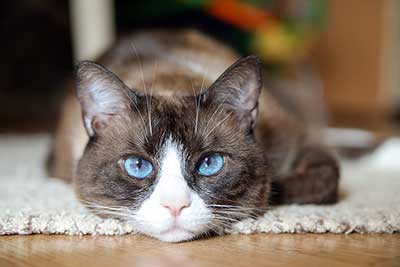European Shorthair
European Shorthair Cat Breed Profile
| Weight | 8.8-15.4 lbs (4-7 kg) |
| Origin | Europa |
| Color | All colors; multi-colored |
| Fur | Short |
| Lifespan | Up to 20 years |
| Personality | Loves learning, friendly, playful, adaptable |
| Energy | |
| Playful | |
| Independent | |
| Meowing | |
| Shedding |

Breed Characteristics
The European Shorthair is a loving, faithful and affectionate domestic cat. They are very playful and, because they’re so clever, they also like challenging games and toys that make them exercise their brains to get food.
Personality and Temperament
The European Shorthair stands out because it’s one thing above all, and this might sound boring at first: it’s the perfect medium. Their bodies are as well-balanced as their characters. But you won’t find anything exotic here. What’s so exciting and amazing about that? It’s simple: other cat breeds might look unusual but can be exhausting.
The Persian, for example, needs a lot of grooming. The European Shorthair doesn’t - they thoroughly and frequently clean their own coats. The Bengal, Siamese and Abyssinian are very active and need lots of attention. The European Shorthair is much less complicated: they love playing outside and occupying themselves.
The European Shorthair is also very adaptable. Unlike the Russian Blue, which needs a daily routine and always wants its food at a certain time.

Keeping Them Happy
The European Shorthair also needs its space. They might not like being indoor cats as they love stalking through the grass outside. A balcony would let them feel the wind in their fur but wouldn’t give them the freedom they need to make them happy. You should consider this before getting one!
Pros and Cons
Pros
- Good choice for first-timers
- Loving
- Active and playful
- Uncomplicated
- Robust, healthy
- Independent
- Gets along well with other pets
Cons
- ?

Health and Care
While many other cat breeds (e.g. Maine Coon, Persian, Scottish Fold and Ragdoll) often suffer from illness, the European Shorthair is known for its good health. You won’t find a more robust cat.
Appearance
The European Shorthair has a short, dense coat. They come in various colors and combinations with/without white and/or with different coat patterns. They are muscular and medium-sized.
History
The European Shorthair used to help people by hunting mice and stems from the normal house cat. That’s why it’s only been considered a separate breed since 1982.
Fun Facts
The “counterparts” to the European Shorthair are the British Shorthair (Persian Chartreux cross), Exotic Shorthair (Persian and American Shorthair cross) and the American Shorthair.
Comparable Breeds



























